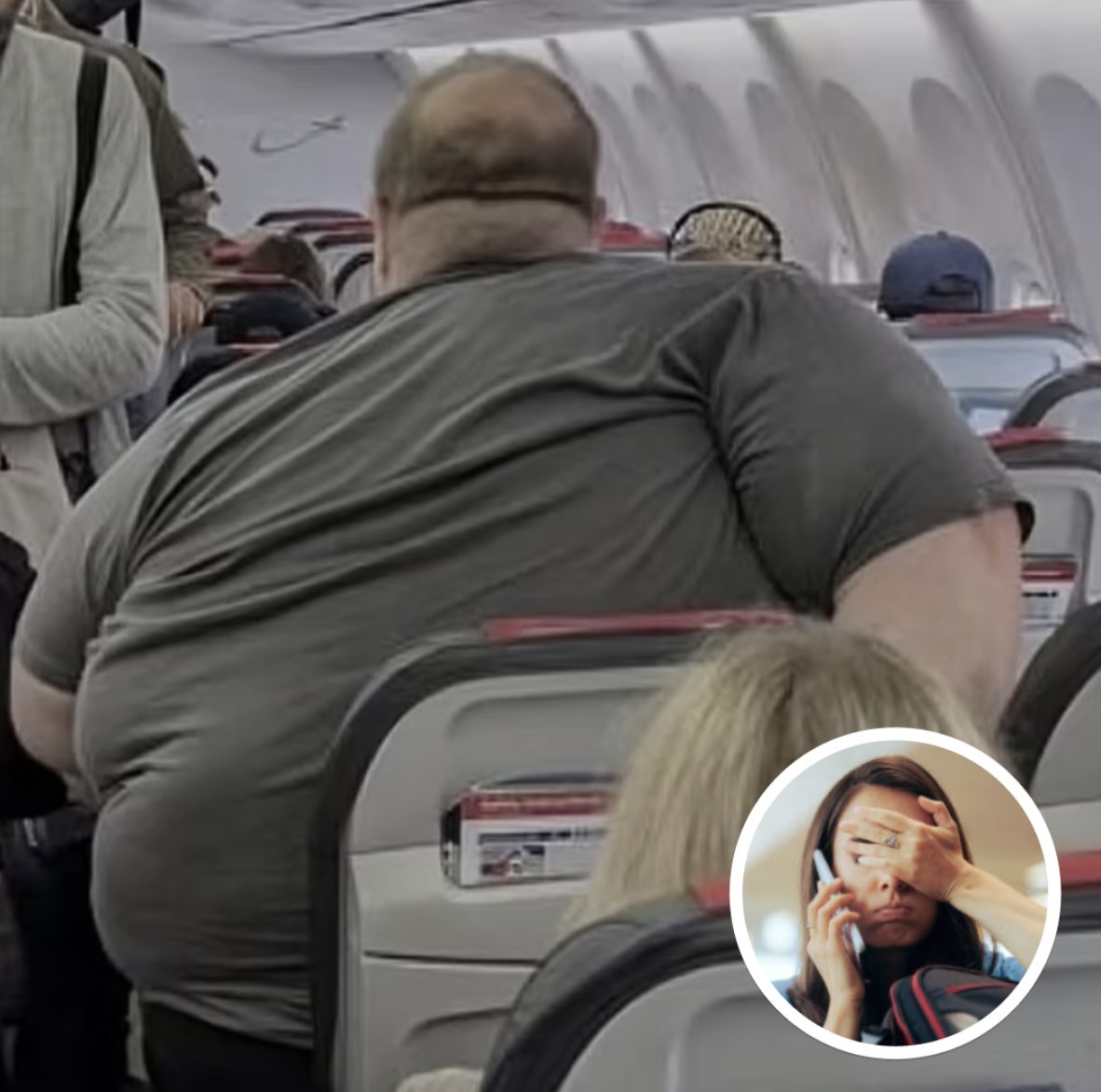At the same time, many users shifted the focus toward airline design choices, noting that seat widths and legroom have steadily decreased over the years. Critics of current seating standards argue that these changes affect all passengers—not just those in larger bodies—and that personal blame narratives overlook key factors such as health conditions, medications, and the affordability of wellness resources.
A Call for Systemic Change
Plus-size travel influencer and advocate Jaelynn Chaney, 28, from Washington state, responded to the controversy in a widely viewed TikTok video. Known for her work promoting inclusive travel, Chaney rejected suggestions that passengers like her should avoid flying or be required to purchase premium tickets.
“I’m not luggage,” she said, responding to calls for weight-based ticket pricing. “The problem isn’t me—it’s the system.”
She added that even business or first-class seats often don’t provide sufficient room, and that calls for individuals to change their bodies miss the point. “Why should I have to shrink myself to fit into a space that was never designed for me?” she asked.
Chaney emphasized that travel is not always a luxury—it’s often necessary for work, family, or emergencies. She is now advocating for what she calls a “Fat Equality Bill of Rights,” which includes proposals for mandatory seat-size standards, additional seating options at no extra cost for those who need them, and improved training for airline staff on respectful service.
Industry Practices Under Scrutiny
Airlines have historically addressed these concerns inconsistently. While some carriers offer the option to purchase an extra seat for comfort, the terms vary widely, and refund policies are not always clear. These practices can leave passengers feeling stigmatized or uncertain about their rights.
Advocates for accessibility argue that design-focused solutions—like adjustable seating, clearer communication, and more flexible cabin layouts—would better serve a diverse customer base without placing undue burdens on individual travelers.
A Broader Question for the Future
As discussion continues across social media and industry forums, a central question remains: Should passengers be expected to adapt to restrictive seating—through additional costs or personal changes—or should airlines redesign their cabins to reflect the full range of human bodies?
The viral image may have captured a single moment, but it reflects a wider reality: that millions of passengers face discomfort, exclusion, or judgment due to current travel norms. Advocates like Chaney hope this renewed attention leads not only to greater awareness, but to lasting, structural change.

